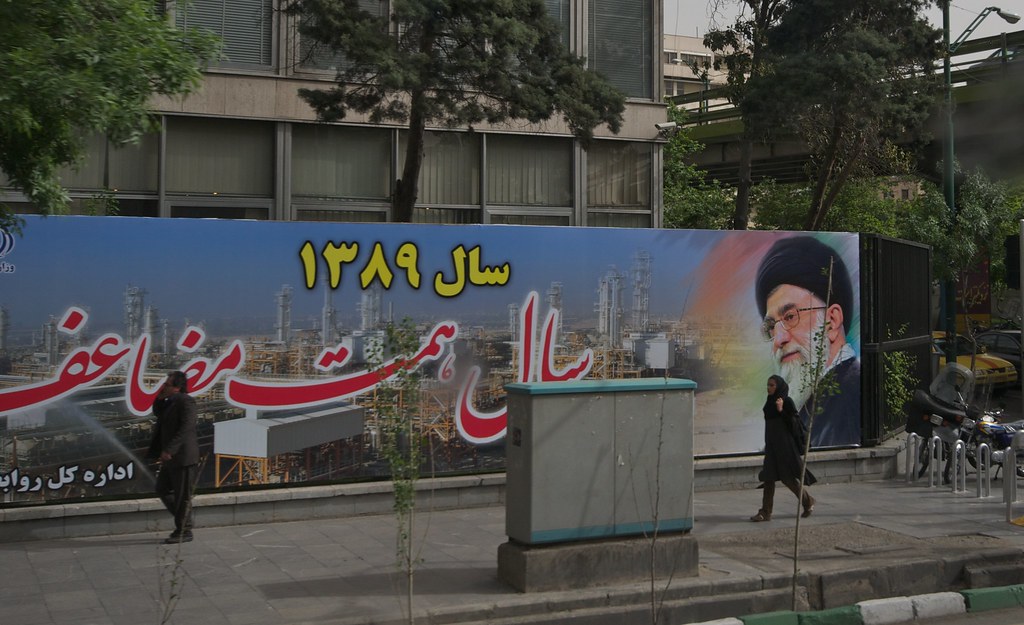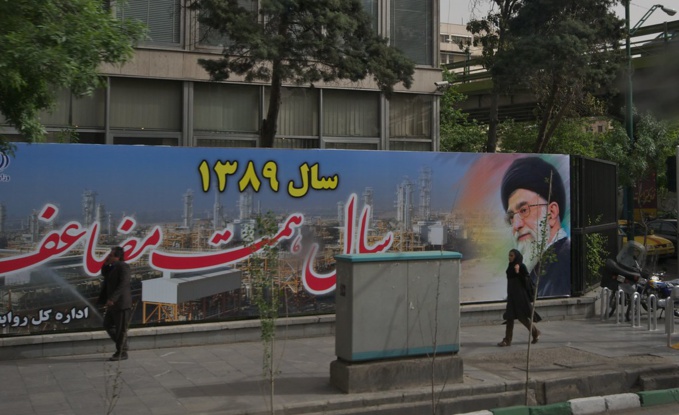TEDPIX, the main index of the Tehran Stock Exchange, has grown 73% over the past 12 months. This is the highest result among the markets tracked by Bloomberg.
Analysts explain this phenomenon by the fact that many Iranians, trying to save their savings from high inflation and devaluation, began to invest in stocks, and not to keep money on deposits. Moreover, deposit rates remain significantly lower than inflation, the Financial Times notes. One dollar costs 116,500 riyals on the shadow market, which far exceeds the official rate of about 42,000 riyals.
More than 60% of the market capitalization on the Tehran Stock Exchange is held by 30 companies. Among them are the largest exporters of petrochemical products and metals such as steel and copper, which receive income in foreign currency, and expenses are incurred in riyals.
The combined market capitalization of companies trading on the Tehran Stock Exchange and the OTC platform of Iran Fara Bourse has doubled in the last year even in dollar terms. At that, it is still smaller than at its peak in 2014, shortly before signing the international agreement on limiting Iran’s nuclear program in exchange for lifting the sanctions.
Analysts do not yet see the risk of a market fall, although they do not exclude the correction of shares of small and medium-sized companies, which are especially popular among ordinary Iranians and whose quotes have grown very much because of this.
As for foreign investments, they, according to analysts, have been holding at around $ 50 million since 2018, when the United States began to impose sanctions. However, there is a blessing in disguise: withdrawing these funds to investors, mainly European, is also not easy due to the sanctions, therefore they reinvest the dividends received, supporting the growth of quotations.
Iran's GDP will decrease by 6% this year, the IMF forecasted in April; in the past, the decline was 3.9%. A new forecast will be released in October, but in July the fund revised the forecast for the Middle East as a whole. FT analyzed these estimates and concluded that Iran’s GDP would decline by 9.3%. This could be the worst result since 1988, when the Iran-Iraq war ended.
source: ft.com
Analysts explain this phenomenon by the fact that many Iranians, trying to save their savings from high inflation and devaluation, began to invest in stocks, and not to keep money on deposits. Moreover, deposit rates remain significantly lower than inflation, the Financial Times notes. One dollar costs 116,500 riyals on the shadow market, which far exceeds the official rate of about 42,000 riyals.
More than 60% of the market capitalization on the Tehran Stock Exchange is held by 30 companies. Among them are the largest exporters of petrochemical products and metals such as steel and copper, which receive income in foreign currency, and expenses are incurred in riyals.
The combined market capitalization of companies trading on the Tehran Stock Exchange and the OTC platform of Iran Fara Bourse has doubled in the last year even in dollar terms. At that, it is still smaller than at its peak in 2014, shortly before signing the international agreement on limiting Iran’s nuclear program in exchange for lifting the sanctions.
Analysts do not yet see the risk of a market fall, although they do not exclude the correction of shares of small and medium-sized companies, which are especially popular among ordinary Iranians and whose quotes have grown very much because of this.
As for foreign investments, they, according to analysts, have been holding at around $ 50 million since 2018, when the United States began to impose sanctions. However, there is a blessing in disguise: withdrawing these funds to investors, mainly European, is also not easy due to the sanctions, therefore they reinvest the dividends received, supporting the growth of quotations.
Iran's GDP will decrease by 6% this year, the IMF forecasted in April; in the past, the decline was 3.9%. A new forecast will be released in October, but in July the fund revised the forecast for the Middle East as a whole. FT analyzed these estimates and concluded that Iran’s GDP would decline by 9.3%. This could be the worst result since 1988, when the Iran-Iraq war ended.
source: ft.com



















